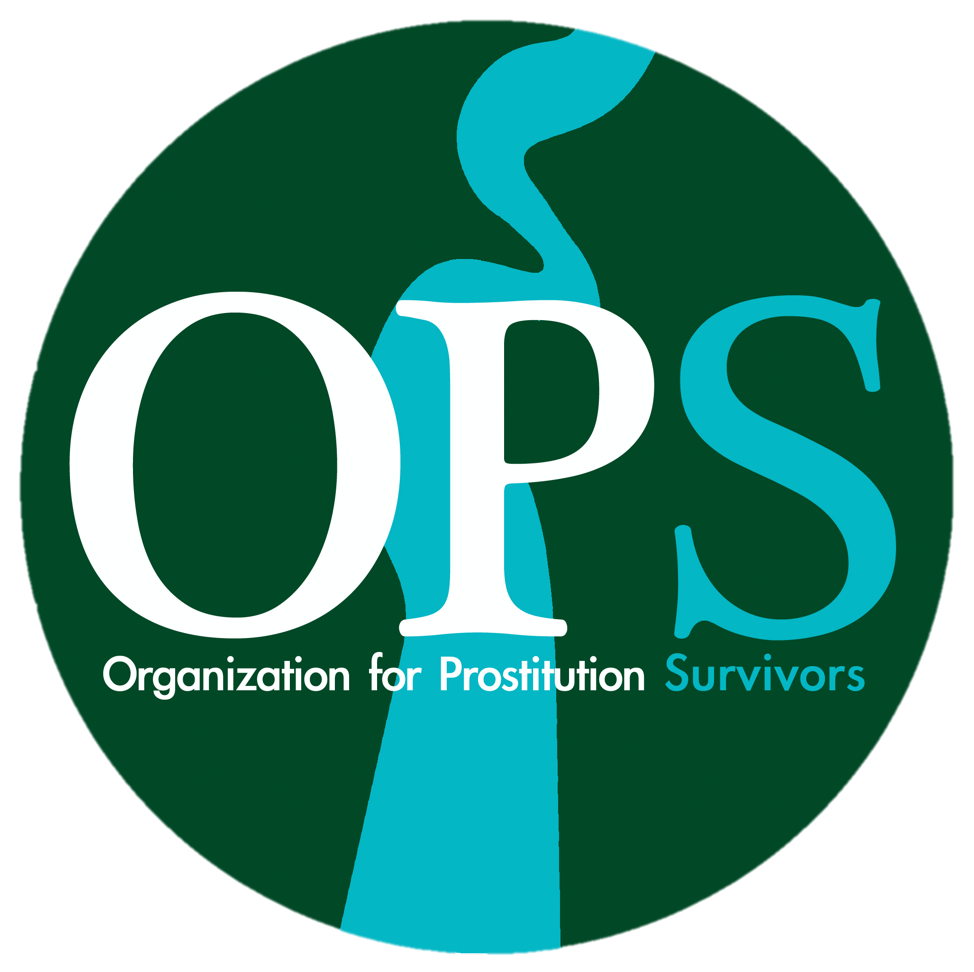Healing from Within: Releasing Trauma Stored in the Body to Support Survivors of CSE
Trauma has a profound impact on both our minds and bodies. For survivors of Commercial Sexual Exploitation (CSE), the experiences and memories of trauma can become ingrained within their very being. This blog post aims to shed light on how trauma is stored in the body and, more importantly, provide strategies and resources to release and heal from the wounds that CSE survivors carry. By focusing on body-centered modalities and evidence-based therapies, we empower survivors to reclaim their bodies and embark on a journey towards healing and resilience.
Understanding How Trauma is Stored in the Body:
Traumatic events, such as CSE, can leave a lasting imprint on our bodies. Our senses—smells, sounds, places, objects, people, emotional states—all become intertwined with the traumatic experience. Even when we are not consciously thinking about the trauma, our bodies instinctually respond to triggers, throwing us into a survival mode. The body remembers, and this remembrance can manifest in physical and emotional symptoms long after the trauma occurred.
Releasing Trauma through Body-Centered Modalities
We understand that traditional talk therapy can sometimes be challenging for survivors to fully engage in when their bodies are dysregulated. That's where body-centered modalities come in. These approaches provide a powerful pathway for survivors to process trauma held in the body and regulate the nervous system, creating space for thoughts, logic, and reason to come into play.
Here are some body-centered modalities that have proven to be effective in healing:
1. Cognitive Processing Therapy (CPT): CPT helps survivors identify and challenge unhelpful or irrational thoughts tied to their traumatic experiences. This therapy is particularly useful in countering emotional dysregulation and is recommended for the treatment of post-traumatic stress disorder (PTSD).
2. Prolonged Exposure Therapy (PE): PE gradually exposes survivors to trauma-related memories and feelings, showing them that these memories are not dangerous and do not need to be avoided. This therapy is highly recommended for individuals experiencing PTSD.
3. Eye Movement Desensitization and Reprocessing (EMDR): EMDR focuses on reducing and clearing the emotional charge associated with specific traumatic memories. Through this modality, survivors can connect to more positive and adaptive beliefs related to their traumatic events, finding much-needed relief.
4. Somatic Experiencing (SE™): Developed by trauma researcher Peter A. Levine, SE™ emphasizes recognizing trauma symptoms, utilizing internal resources, and safely revisiting memories for processing. This empowering approach supports survivors on their healing journey.
5. Talk Therapy and Movement Practices: Certain types of talk therapy, such as cognitive behavioral therapy (CBT) and psychodynamic therapy, are effective in untangling the thoughts, feelings, and sensations connected to past trauma. Incorporating movement practices like yoga, which activates the parasympathetic nervous system, can complement these therapies and provide additional support.
Survivors of commercial sexual exploitation (CSE) face a complex and individual journey of healing from trauma. By recognizing how trauma is stored in the body and utilizing body-centered modalities, survivors can release the grip of their traumatic experiences and begin the process of reclaiming their bodies and their lives.
It's crucial to remember that healing takes time and may require the support of trained professionals.
Additionally, we invite you to join our Survivor Healing Focused groups, such as our movement and mindfulness group. Every Tuesday, you can attend an empowering session of Movement & Mindfulness, where you will find a safe space to explore transformative techniques.
Integrated Movement Therapy (IMT) is designed to create positive, long-lasting changes in both the body and mind through intentional movement. In our group or one-on-one sessions, we prioritize checking in with ourselves and discovering what we truly need in the present moment. With guided movement exercises and conscious breathwork, we ground ourselves and quiet the mind, fostering stability and peace.
This approach is particularly beneficial for those dealing with anxiety, triggers, or panic attacks. Movement & Mindfulness helps survivors stay connected to their bodies, offering solace and strength. These practices not only calm the nervous system but also teach valuable skills for self-soothing.
You can join our Movement & Mindfulness sessions at OPS, located at 112 SW 157th St, Burien, WA, 98166. We welcome you every Tuesday from 1-2 pm during our drop-in hours. Alternatively, you can sign up for our therapy services and participate in our Survivor Support Groups.
As an organization committed to supporting survivors of CSE, we strive to foster a compassionate environment that acknowledges the profound impact of trauma on the body. We empower individuals to embark on a transformative journey towards healing and wholeness. Together, let's create a community that lifts survivors up and works towards ending gender-based violence.
Remember, healing is possible, and every survivor deserves the opportunity to reclaim their lives and thrive.




